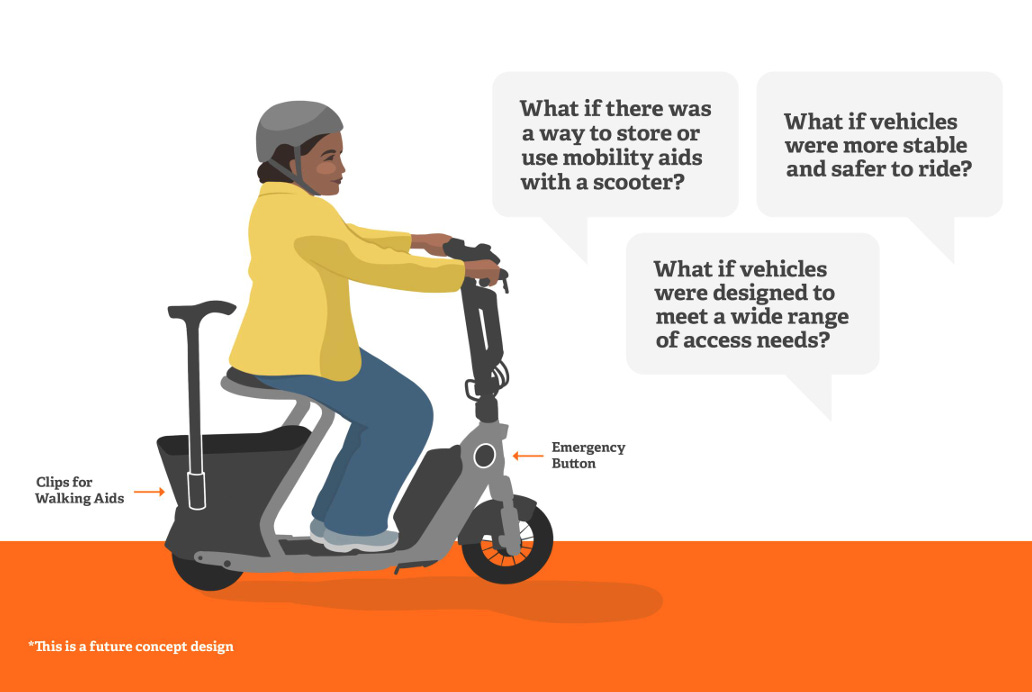Courage, #149
This week, it’s about what happens when we deliver people-friendly measures.
This week, it’s about what happens when we deliver people-friendly measures. They might not be easy to get over the line - car dominance is very much ingrained in public life - but when you build infrastructure that works, people use it. Leaders just need to use the force understand the power of decent routes and, while responding to genuine concerns, stay the course.
BIG STORIES FOR CYCLING ADVOCACY
BEE NETWORK WORKING. In five years Greater Manchester’s growing walking and cycling network is paying dividends. Car trips were down from 41% to 36% between 2022 and 2023 - while bus ridership grew 5%. Overall, a third of trips in 2023 were made by walking, wheeling or cycling, and half of residents agree the network encourages them to walk or cycle. The Bee Network gained new and improved routes and connections in the past year in Manchester, Rochdale, Salford, Stockport, Trafford, Tameside, Wigan, with more in the pipeline.
COVENTRY BIKE LANES GROW. A cycleway on a major Coventry road was given the backing of local councillors in a narrowly-contested vote last week. The plans for Clifford Road hit headlines when residents campaigned to save a number of trees. It’s worth noting previous designs of the cycleway instead narrowed general traffic lanes and moved parking, leaving trees as they are, but these were also “rejected” by some. Enabling cycling also protects our environment and health.
COUNCILLORS STAND FIRM ON WIRRAL. Wirral councillors have continued to back plans for a ‘core active travel network’ locally. In the next seven years 12 routes will be delivered, via government and Liverpool City Region Authority grants. It’s hard for most people to imagine changing the status quo, and some of the comments quoted in this local news story reflect this. That doesn’t mean it’s not the right thing to do. It’s good to see political will for a better future, despite not everyone being entirely convinced.
WHY DO BIKE LANES DISAPPEAR? It’s all very well building a cycle route but what happens when the fun ends? Cycling Weekly has dug into some of the reasons bike lanes simply END where things get difficult. Annoying, and sometimes dangerous, as this is, there’s usually a, if not rational, then perhaps understandable, reason. Laura Laker’s excellent book, Potholes and Pavements, also explains some of the wild bike lanes of Britain, and where they came from.
TAMPERING, NOT E-BIKES, CAUSES FIRES. A new government-commissioned report lifts the lid on the truth around ebike fires. As Cycling Electric’s Mark Sutton reports, fires are ‘almost wholly’ down to ‘conversion kits, mismatched chargers and post-sale tampering’. Warwick University’s analysis of fires showed bike shop standard e-bikes ‘withstand extreme abuse without going into thermal runaway’ - which cannot be said for ‘too cheap to be true’ models found online.
OTHER HEADLINES
SHARED MICROMOBILITY POTENTIAL FOR DISABLED USERS. Shared micromobility - that’s things like shared e-cycles and e-scooters - could improve transport options for people with disabilities. That’s according to new research by the Motability Foundation, who asked disabled people about their experiences. While only 10% of respondents had tried a shared e-scooter or e-bike, most of those who had (70%) were positive about them. Barriers to wider use include a lack of accessibility in vehicle design and digital platforms, and awareness.
INTERESTING GRAPH OF THE WEEK: What would accessible shared micromobility look like? Something like this? Some interesting ideas from the Motability Foundation report. Source.
ACTIVE TRAVEL WORD OF THE WEEK:
Mobility aid. Anything that helps people move more easily. For some disabled people, their cycle is their mobility aid; cycling or using a bike to balance can be easier than walking. It could also be a handcycle, tricycle, or even an e-scooter or a modification of any of the above.
Until next time,
Adam
Adam Tranter
Founder, #BikeIsBest





